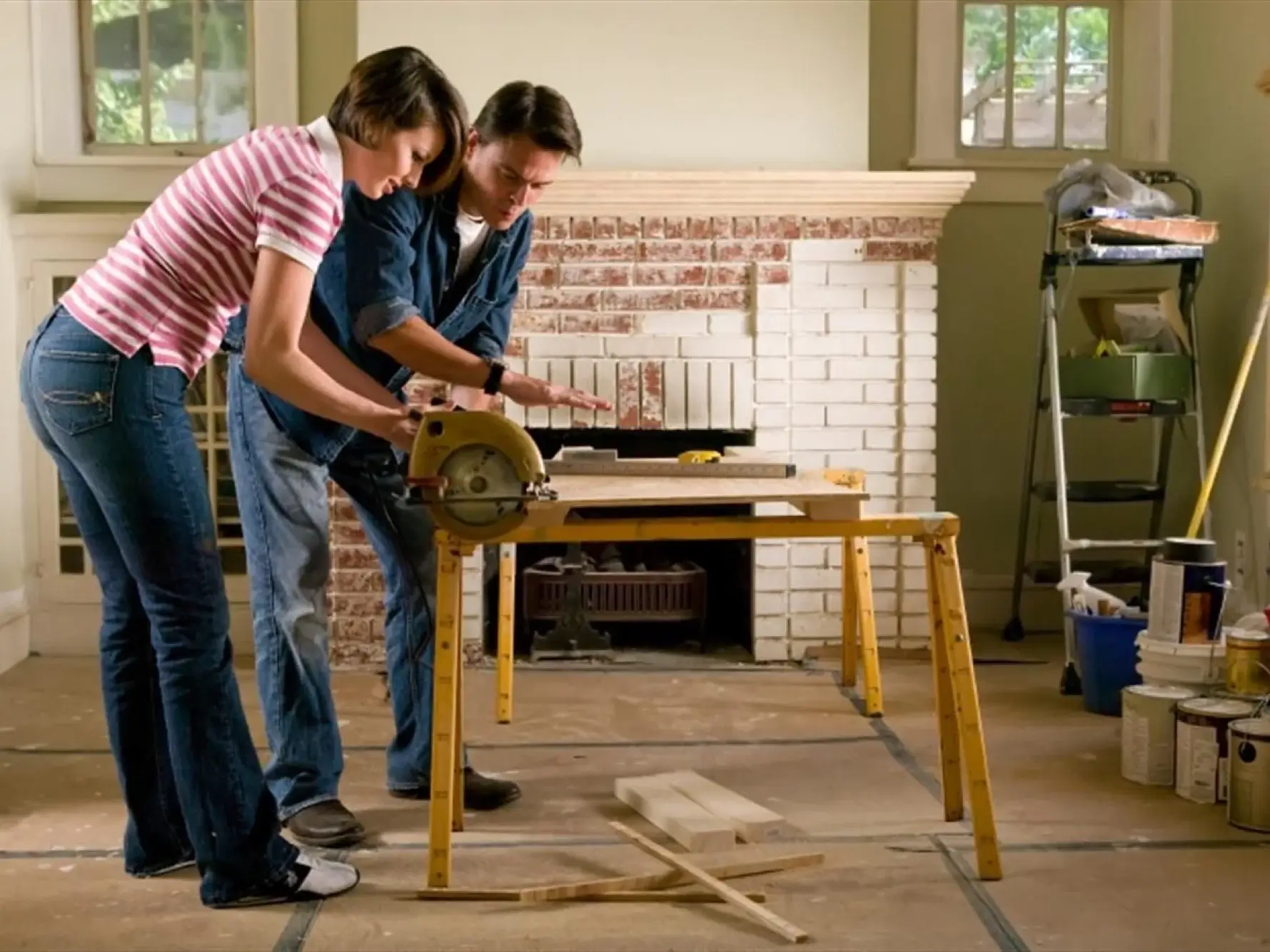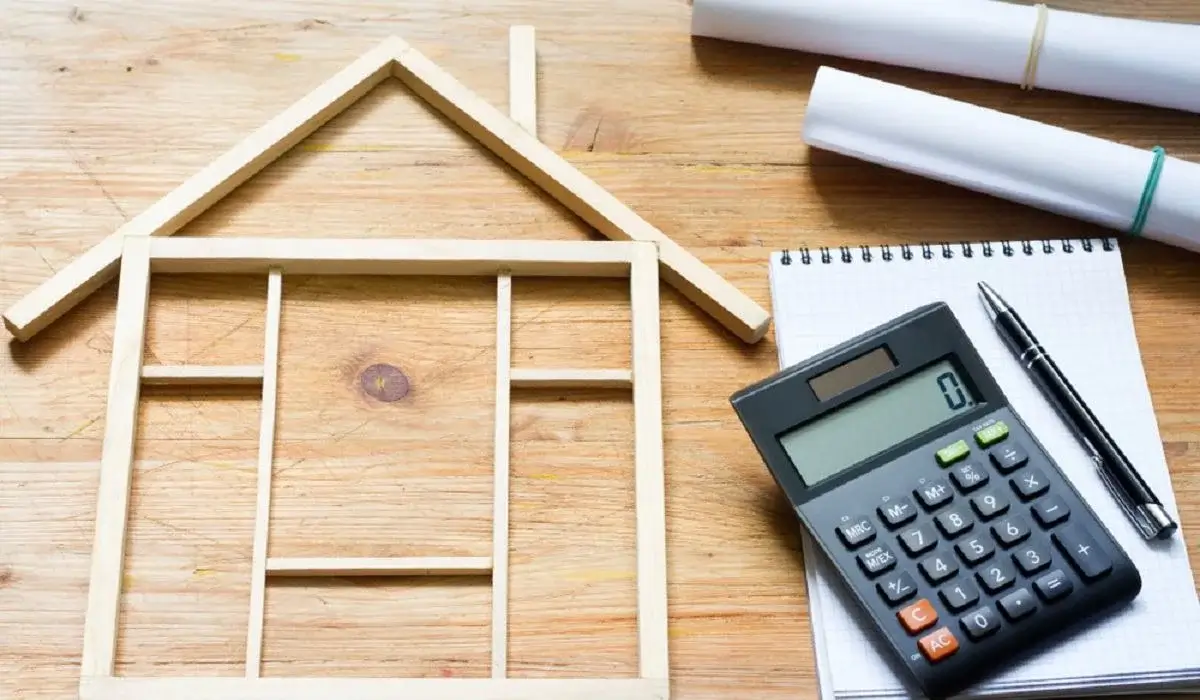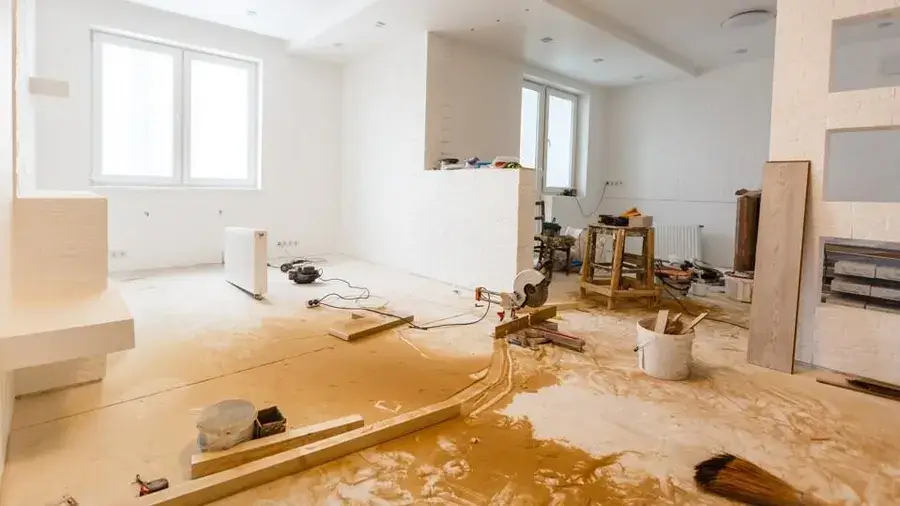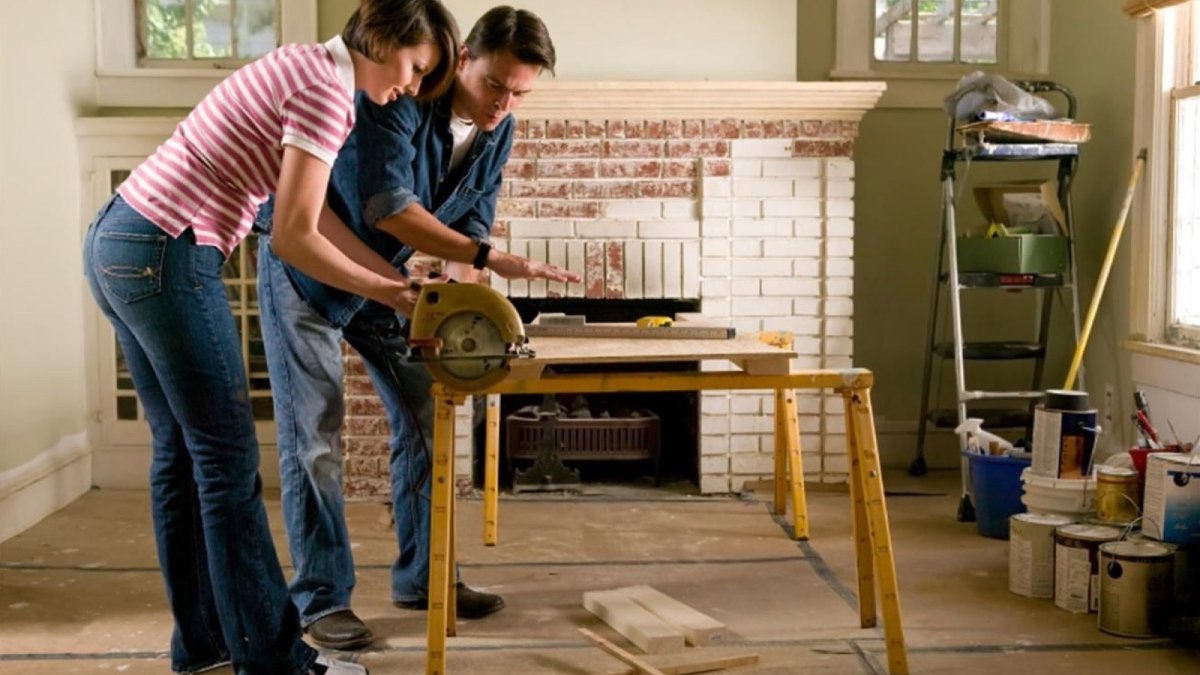
Purchasing a home is an exciting milestone, but for many first-time homeowners, the reality of homeownership comes with the daunting task of budgeting for renovations. A clear financial plan is crucial if your new home needs a few cosmetic updates or major structural repairs. This guide will help you navigate the process of budgeting for home renovations, ensuring you’re prepared for any surprises that may come your way.
Assessing Your Renovation Needs
The first step in budgeting for home renovations is assessing the condition of your new home. A thorough inspection is essential to identify any immediate repairs that are needed. While cosmetic changes like painting or updating fixtures may be obvious, underlying issues such as plumbing, electrical systems, or foundation problems may not be as apparent.
Conduct a Professional Home Inspection
Hiring a professional home inspector can save you from unexpected expenses down the line. An inspector will provide a detailed report on the home’s condition, highlighting areas that need immediate attention and those that may require future repairs. This report is invaluable for prioritizing your renovation projects and estimating costs.
Create a Priority List
Once you clearly understand the necessary repairs, create a priority list. Focus on projects that impact the safety and functionality of your home first, such as fixing a leaky roof or addressing electrical issues. Cosmetic upgrades, while important, should come after the essential repairs are completed.
Estimating Renovation Costs
Accurately estimating the costs of your renovation projects is key to creating a realistic budget. Researching the average costs of similar projects in your area can provide a ballpark figure, but getting quotes from contractors is also important.
Get Multiple Quotes
Reach out to several contractors to obtain detailed quotes for your renovation projects. This will give you a better understanding of the going rates and help you avoid overpaying. Make sure to ask for itemized quotes that break down the costs of materials, labor, and any additional fees.
Factor in a Contingency Fund
Even with the most detailed planning, unexpected expenses can arise during renovations. To account for these surprises, include a contingency fund in your budget. A good rule of thumb is to set aside 10-20% of your total renovation budget for unforeseen costs. This will give you a financial cushion and peace of mind if unexpected issues arise.
Financing Your Renovations

Once you have a clear picture of your renovation costs, the next step is determining how to finance the projects. There are several options available to homeowners, each with its own pros and cons.
Savings
Using your savings to fund renovations is often the best option, as it avoids incurring debt. However, this may not be feasible for larger projects or if you have limited savings.
Home Equity Loan or Line of Credit
A home equity loan or line of credit allows you to borrow against the equity in your home. These options typically offer lower interest rates compared to personal loans or credit cards. However, they do require you to have sufficient equity built up in your home and can put your home at risk if you’re unable to make the payments.
Personal Loan
Personal loans can be a quick way to access funds for renovations, but they often come with higher interest rates. It’s important to shop around for the best terms and ensure you can comfortably manage the monthly payments.
Credit Cards
While using credit cards for small projects or emergency repairs can be convenient, they should be used with caution due to high interest rates. It’s best to pay off the balance as quickly as possible to avoid accumulating interest.
Managing Renovation Costs

Effective cost management during renovations can help keep your budget on track and prevent overspending.
DIY vs. Hiring Professionals
Deciding whether to tackle a project yourself or hire a professional can significantly impact your budget. While DIY projects can save money, they may not always be the best choice, especially for complex or large-scale renovations. Be honest about your skill level and the time you can commit before opting for a DIY approach.
Shop Smart for Materials
Saving money on materials can help stretch your renovation budget further. Consider purchasing materials during sales or from discount suppliers. Additionally, reusing or repurposing existing materials can also reduce costs.
Avoid Mid-Project Changes
Changing your mind during a renovation can lead to increased costs and delays. To prevent this, finalize your design and material choices before starting the project. This will help ensure that the work proceeds smoothly and stays within budget.
Planning for Unexpected Repairs

Even with careful planning, unexpected repairs can still arise during renovation. It’s important to be prepared for these situations to avoid financial strain.
Regular Maintenance
Regularly maintaining your home can help identify potential issues before they become major problems. Schedule routine inspections for key systems such as plumbing, electrical, and HVAC to catch any issues early.
Emergency Fund
In addition to your renovation budget, having an emergency fund specifically for unexpected repairs is a smart financial move. This fund can cover the cost of urgent repairs without disrupting your overall budget.
Finding Out the Home Needs Extra Repairs
Sometimes, despite thorough inspections and planning, you may discover additional repairs that need attention after moving in. For example, finding out the home needs extra repairs due to hidden water damage or outdated wiring can be a financial setback. This highlights the importance of having a contingency fund and being prepared for the unexpected.
Last Thoughts on Budgeting for Home Renovations
Budgeting for home renovations is a complex but essential part of homeownership. By assessing your renovation needs, accurately estimating costs, securing financing, managing expenses, and planning for unexpected repairs, you can ensure your renovation projects are successful and financially manageable. Remember, thorough planning and a flexible budget are key to transforming your new house into your dream home without breaking the bank.
Nathan Tremblay
Related posts
Stay connected
Today's pick
- Safety Essentials Every CNC Operator Should Follow DailyCNC machining demands precision, consistency, and discipline—but above all, it requires strict attention to safety. Whether you’re working with mills, lathes, routers, or grinders, every machine has the potential to cause serious injury if mishandled. That’s why CNC operators must follow safety protocols daily, no... The post Safety Essentials Every CNC Operator Should Follow Daily […]

